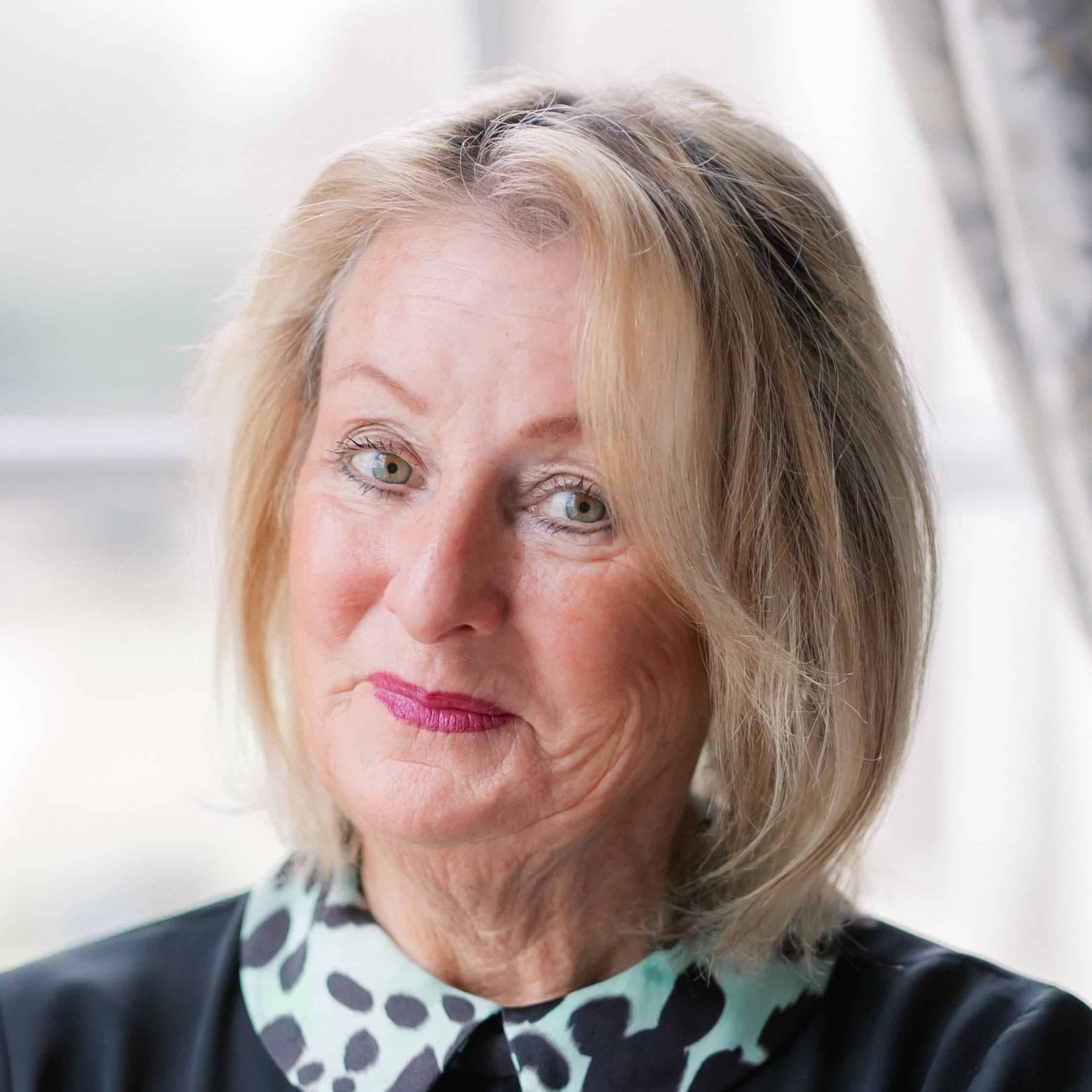
For modern couples of any sex, wedding and even engagement traditions don’t have to be set in stone. No longer are wedding ceremonies and receptions dictated by the rules of days gone by. You can be as creative and personal as you like, even when it comes to the more traditional elements of your big day.
The opportunity to reinvent the traditions that make a wedding day what it is is greater than ever at same-sex wedding ceremonies. We reveal how couples are turning things on their heads by answering the same-sex wedding ceremony questions on everyone’s lips.
Who walks down the aisle at a same-sex wedding ceremony?
Traditionally, it’s the bride who walks down the aisle and gets ‘given away’ by her father, but how do you choose which partner gets the honour of taking that fateful walk down the aisle?
Many same-sex couples simply don’t choose. Instead, they walk each other down the aisle and enjoy that iconic moment in the spotlight together. If you want your father (or mother) to be a part of this meaningful moment that’s ok too. Some couples take it in turns to be walked down the aisle by a parent or another loved one, reuniting at the altar in a more traditional fashion.
If neither of you wants to take that walk down the aisle, why not try a circular ceremony setup? We’ll let Intimate Weddings explain more about the arrangement that’s taking the wedding scene by storm:
“Looking for unique ceremony ideas that are perfect for intimate weddings? What about a ceremony in the round? The circle symbolizes eternity and oneness, which make it a natural fit for a wedding ceremony. Circular seating during the wedding ceremony adds a level of intimacy that is perfect for a small guest list – as well as a large one. Outdoor settings are ideal for ceremonies in the round.”
Do the same rules apply when choosing my bridesmaids or groomsmen?
In short – no! Mixed-gender wedding parties are popular across many weddings and make perfect sense for same-sex weddings too.
You don’t have to define the parties of the bride or groom by gender alone. Instead, you can choose the individuals who can best support you during and in the run-up to your wedding day, just like Lucy & Ali did at their Christmas wedding at Gosfield Hall.
Where do my partner and I stand at the altar?
Traditionally the bride will stand on the left and the groom on the right when they meet at the altar. With female and male roles ditched, however, you may be confused about what your same-sex setup should be.
Stand whichever side is the most comfortable for you, but be sure to talk your preference through with your partner before the ceremony. You don’t want to be falling over each other to get in position!
Remember your position traditionally dictates where your wedding party stands and where your guests sit. You can of course let your guests and wedding parties sit and stand whichever side they’d like for extra ease.
Who will make our same-sex wedding official?
Same-sex couples in England and Wales can enter a civil partnership or marry in a civil ceremony. In Scotland, same-sex couples can marry or have their union blessed in a religious ceremony at selected religious venues.
Many same-sex couples choose to complete the legal part of their weddings before their big days. They then hire a celebrant to take the lead during the wedding ceremony. By structuring your wedding in this way, you can make the ceremony itself more personal and a true celebration of your relationship so far.
